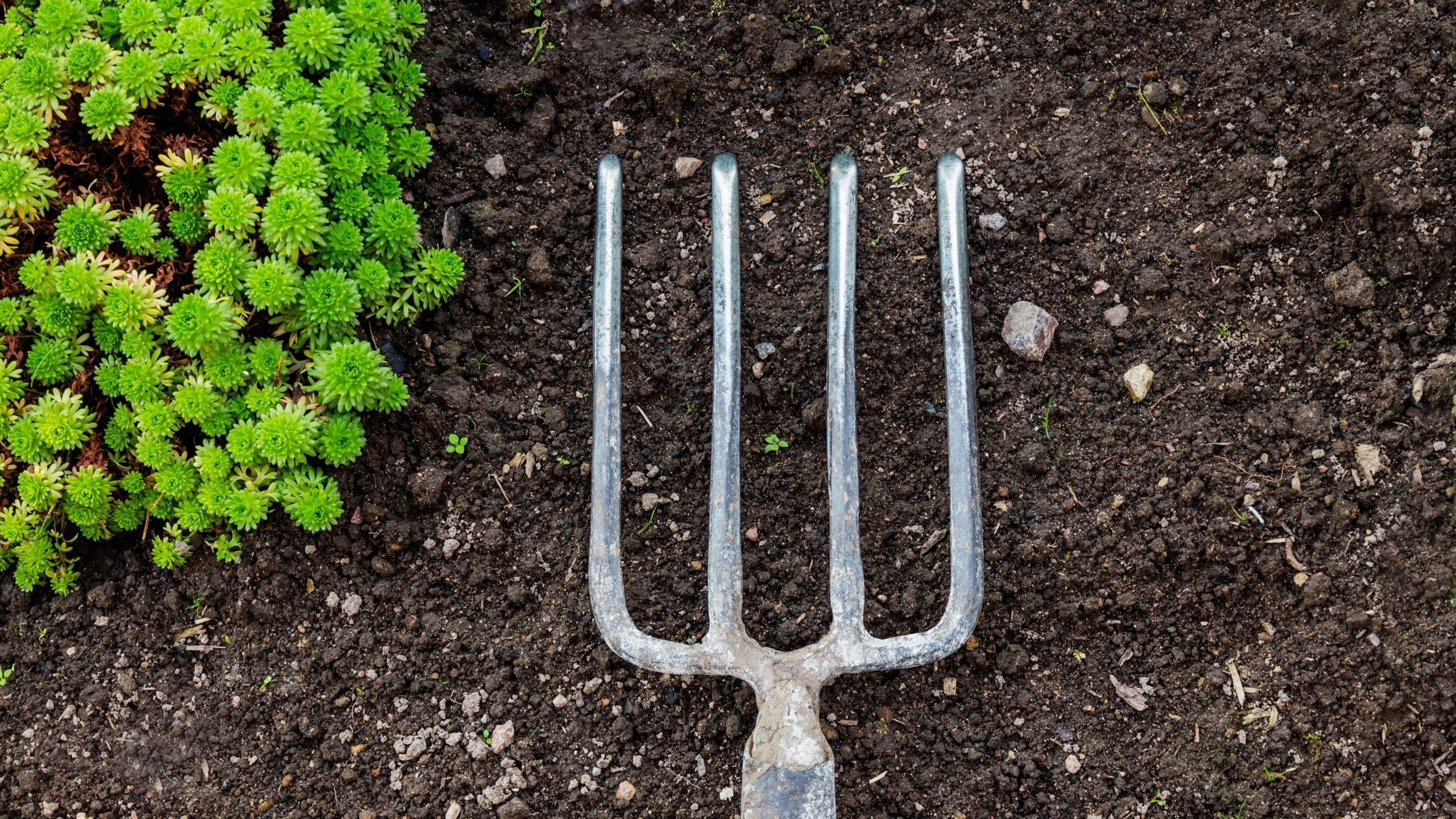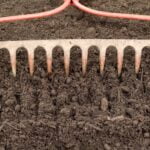Looking for different Types of Garden Forks? Perhaps one of the most important gardening tools that you will need for landscaping is a garden fork. And what is so challenging about choosing a garden fork?
After all, it is a simple tool, and all you need to do is look for a garden fork that comes from a reputable brand. And you are good to go. Sounds easy?
Well, maybe not.
What might seem like a simple choice may be a daunting task, especially if you are new to gardening. Because, at a glance, maybe all garden forks look alike. But upon a closer look, you realize that there are several different types of garden forks, and each one is designed to perform a specific task.
So here I want to make things easier for you. In this post, I share details of different types of garden forks followed by a buying guide that will help you choose the right one for you.
So without further ado, let’s get started.
But here is the last thing before I get started.
Do you know the difference between a garden fork and a rake? If you are new to gardening, maybe it’s something you should know before learning about different types of garden forks.
Types of Garden Forks
Traditional Garden Fork
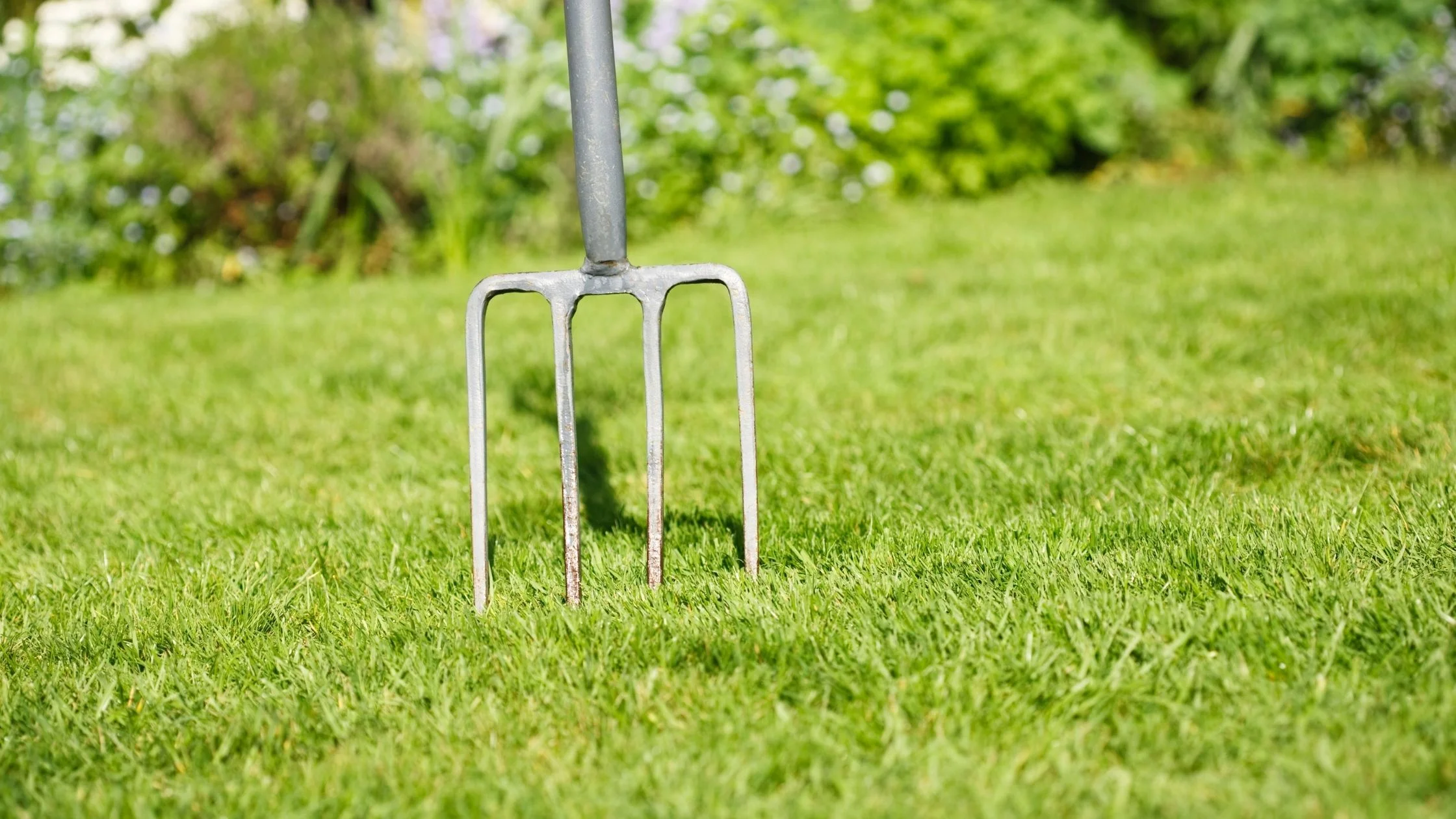
As the name suggests, this is the most basic type of garden fork that you can use in your garden. The traditional garden fork is a popular choice because you can perform several tasks using your traditional garden fork. A traditional garden form is characterized by four-pointed, long, and super strong tines that make it a perfect choice for large spaces and various surfaces, including hard soil and clay.
With the sharp edges, the traditional garden fork can penetrate easily into the soil. Moreover, some of the best traditional garden forks available on the market are made from a single piece of carbon steel that allows easy penetration in various types of soils. The handle is made of wood that has a riveted socket which allows easier grip. Traditional garden forks are great for several tasks, including digging up root vegetables, double digging, and digging up some of the toughest soils.
Potato Fork
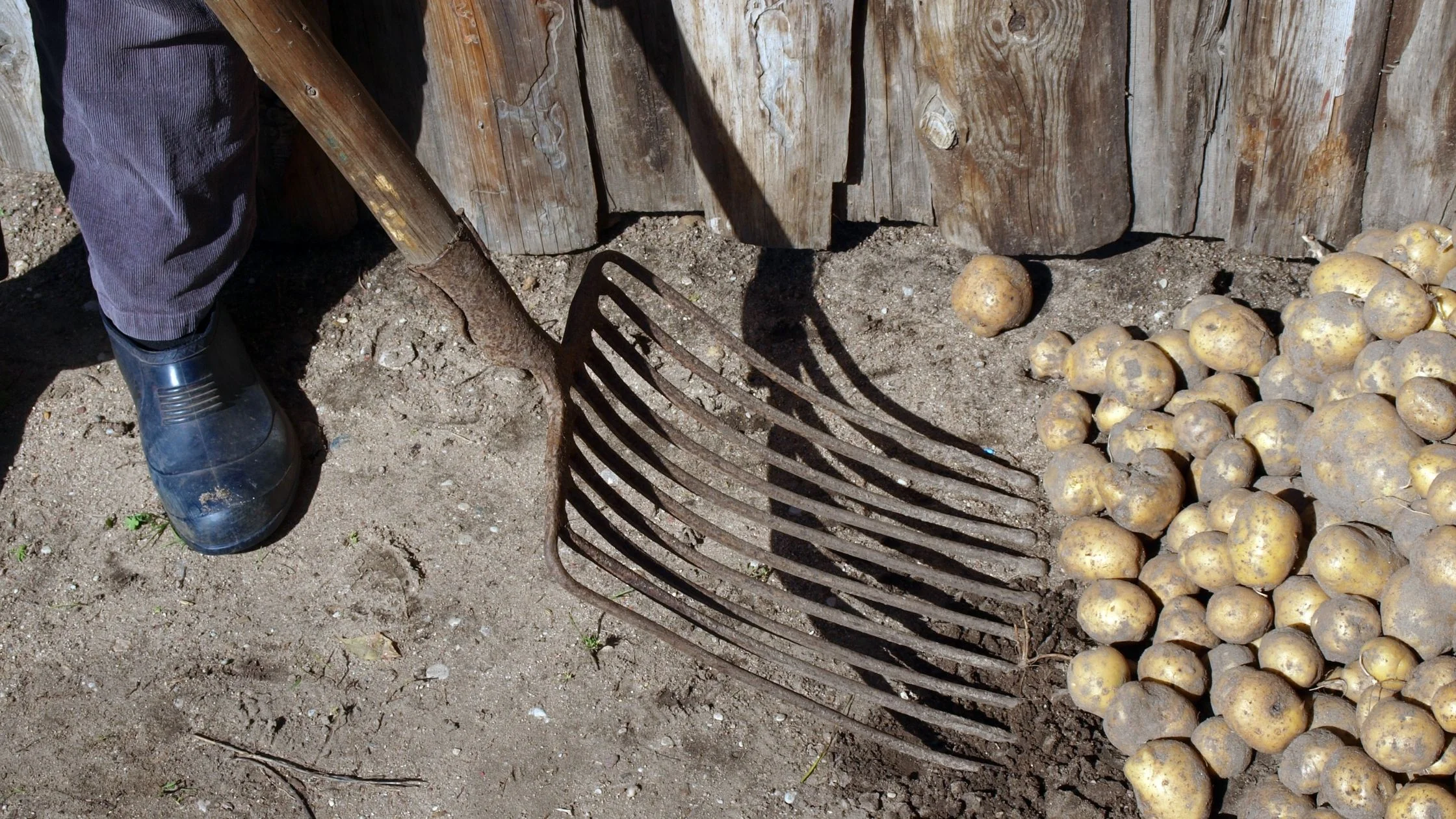
Also known as the root vegetable fork, the potato fork is another type of garden fork that you can use for your garden-related tasks. A potato fork is a specialized garden fork designed quite similar to other heavy-duty forks. However, it is specially designed to perform a specific function. Instead of digging, a potato fork is used for lifting up root vegetables. The blunt ends of the fork enable it to dig out root vegetables delicately without damaging them.
However, that’s not the only function you can perform using a potato fork. While it is primarily used for lifting up root vegetables, you can also use them to dig the soil before you sow the seeds. Moreover, potato fork can also be used for loosening, turning, and lifting soil.
Digging Forks
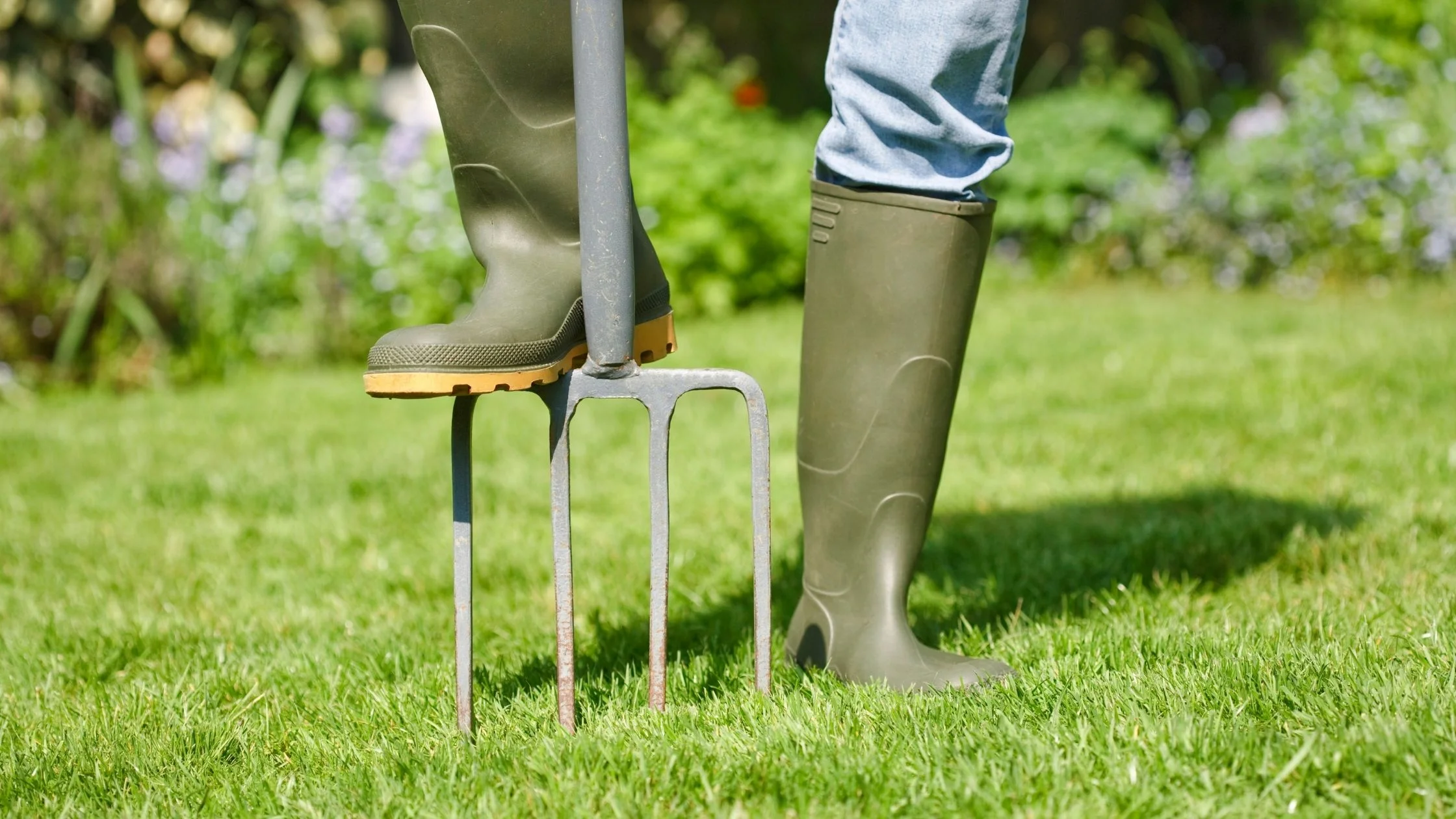
Another type of garden fork that can help you with several gardening jobs is a digging fork, also known as a spading fork. As the name suggests, a digging fork is primarily used for digging. Again, performing this specialized function requires a distinct shape so a digging fork comes with flat-faced tines and sharp edges.
When you compare a digging fork with other types of garden forks, it is lighter in weight and easier to handle. Its shape and ease of handling make it perfect for digging or loosening up the soil and mix nutrients into the ground, and that’s precisely why digging forks are usually the choice for gardeners, especially in spring when it’s time to turn around the soil. Moreover, some gardeners also prefer to harvest root vegetables. However, if you intend to use a digging fork for lifting vegetables, make sure that you are aware of the sharp-edged tines that can potentially damage the crop.
Broad Forks
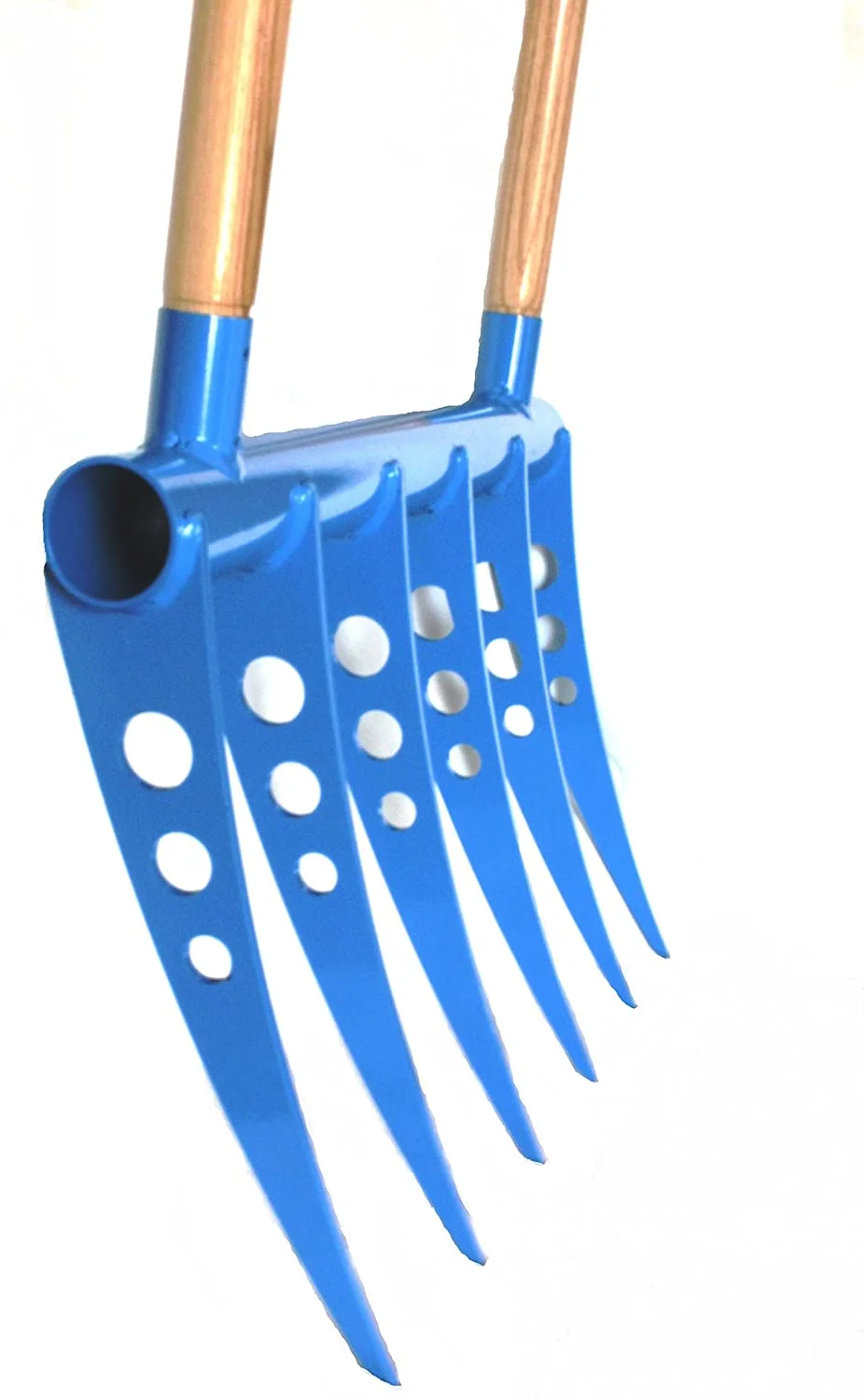
Although this type of garden fork has a significantly distinct shape, it performs the same job as the traditional garden fork. However, its unique shape, which is characterized by two handles that are shoulder-width apart and five to six long, pointed tines, makes the job much easier. The tines are not only sharp but are also wider, which allows ease of penetration into the soil.
A broad fork is designed to perform heavy-duty tasks, especially on a large landscape where you need to dig up into the soil and turn it around between two crops. However, broad forks may not be a great choice for smaller yards and cannot be used for harvesting as the sharp tines can damage the crops.
Border Forks
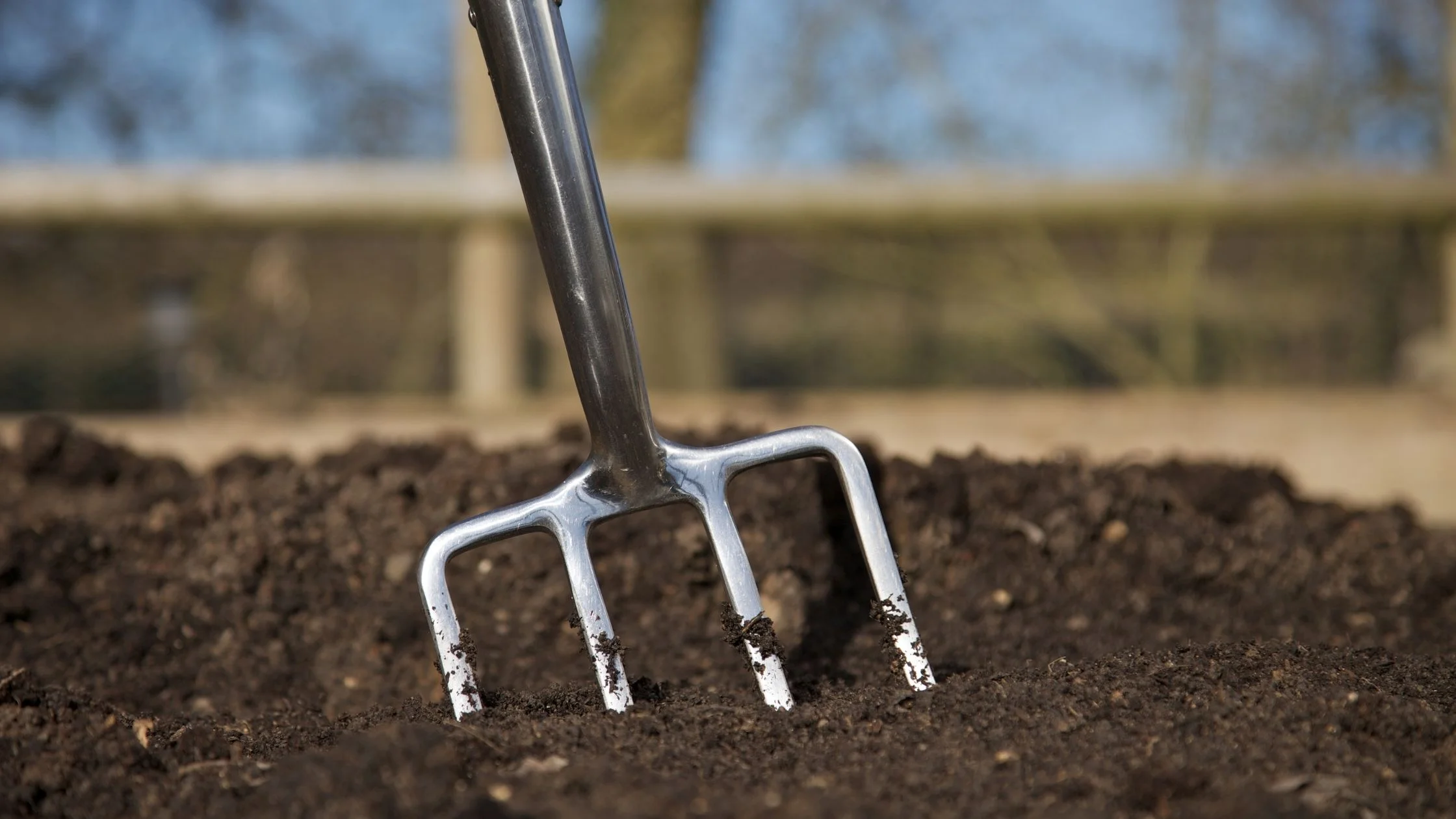
One of the other types of a garden fork, which are primarily a smaller version of the traditional garden fork, is the border fork. While they are designed to perform the exact same function as a traditional garden fork, they are more compact in design. So if you have tighter spaces or you want to maintain the soil in a raised bed, it is best to use a border fork.
The tines of a border fork are usually made of carbon steel with a wooden handle. Moreover, the tines are sharp, and so the tool is best for digging and not for harvesting.
Pitch Forks
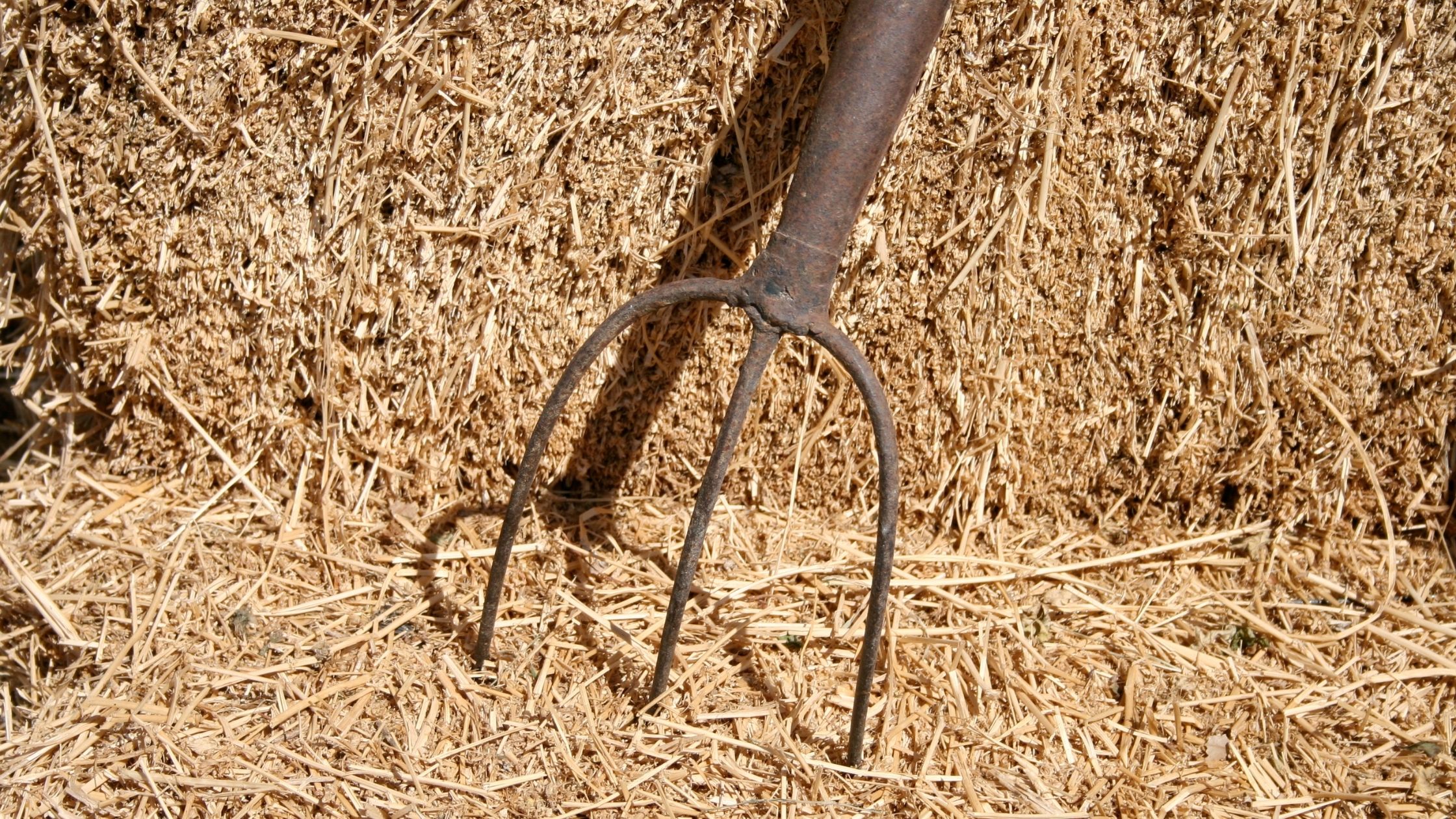
The last on the list of types of garden forks is a pitchfork which is also known as compost fork. This type of garden fork is characterized by slim, long, and slightly curved tines. Though they are usually four, the tines are designed for moving loose material in the garden or scooping soil. Compost or pitchforks can also perform a few functions similar to a rake, such as gathering dried leaves; however, there is much more than a pitchfork can do. It can help you gather mulch, turn the compost piles and help with a few other chores in the garden.
An important thing to remember about pitchforks is that they are not suitable for performing heavy-duty tasks as they are light in weight and can bend. However, you can use a garden fork for all such tasks. So when it comes to pitchfork vs. garden fork, each can handle different types of gardening jobs.
Now that you know there are several different types of garden fork, you must be wondering which one is best for you. To help find the answer, apart from the types of a garden fork, you also need to know how to choose a garden fork.
Garden Fork vs. Rake
A garden fork and a rake are both gardening tools that look pretty the same, but they are designed to perform specific gardening tasks. For example, while a garden fork is primarily designed to loosen up the soil and plant’s roots, a rake is a gardening tool that helps you rake leaves and debris together and usually does not go into the soil. However, a specialized rake known as thatch rake can slightly into the soil and help you get rid of organic debris.
Would you also be interested in looking for different Types of Garden Knives?
Now that you know the basic difference between a garden fork vs. a rake let’s learn more about different types of garden forks.
How to Choose A Garden Fork?
Some of the factors that can help you find the right garden fork for your gardening chore include the following.
Your Purpose
Why do you intend to use a garden fork?
Do you want to use it to dig into the garden? Or do you want to harvest root crops?
Depending upon the tasks that you want to accomplish with your garden fork, you can decide on the type of garden fork that is best for you. Different types of garden forks are designed to perform different tasks; for example; potato forks are a specific type of garden fork used to harvest root vegetables. On the other hand, a traditional garden fork is specialized for digging.
You can refer to the earlier section to find out more about different types of garden forks.
Material
Once you decide on how you intend to use the garden fork, the next most important consideration is the material of your garden fork. The most popular types of garden forks are made up of steel as it is the strongest and most durable material for garden forks. However, steel forks are quite heavy and make the job difficult for you.
On the other hand, you can also find plastic and carbon fiber garden forks. Garden forks made from these materials are more convenient to use as they are light in weight.
Again, you need to choose a material that is durable and doesn’t exceed your budget.
Handle Length
Another key consideration that can help you choose the right garden fork is the length of the handle. Make sure you choose a garden fork with a long handle as it allows you to carry on your gardening chores without bending too much. Thus, it can help you reduce the strain on your back that is common while gardening.
Moreover, if your height is above average, make sure you choose an even longer handle for a more convenient gardening.
The Grip
Regardless of the material of the handle, make sure you check the grip of the hand. Note that garden forks are specialized, heavy-duty tools; thus, it is critical to consider the grip.
Best Garden Fork
If you are looking for the best garden fork, make sure you test it. Only when you know you are comfortable with the weight, grip, balance, size, sturdiness, and function, you know it is the best garden fork for you.
Conclusion on Types of Garden Forks
Choosing the right garden fork may seem easy, but that’s not always the case, especially if you are new to gardening. There are different types of a garden fork, and you may need to consider several things before you invest in this simple-looking tool. While many garden fork manufacturers may claim to be producing the best garden fork, only you can decide on which one is the best for you, and to do so; you need to have enough knowledge about the types of a garden fork and how to choose one for your yard.

